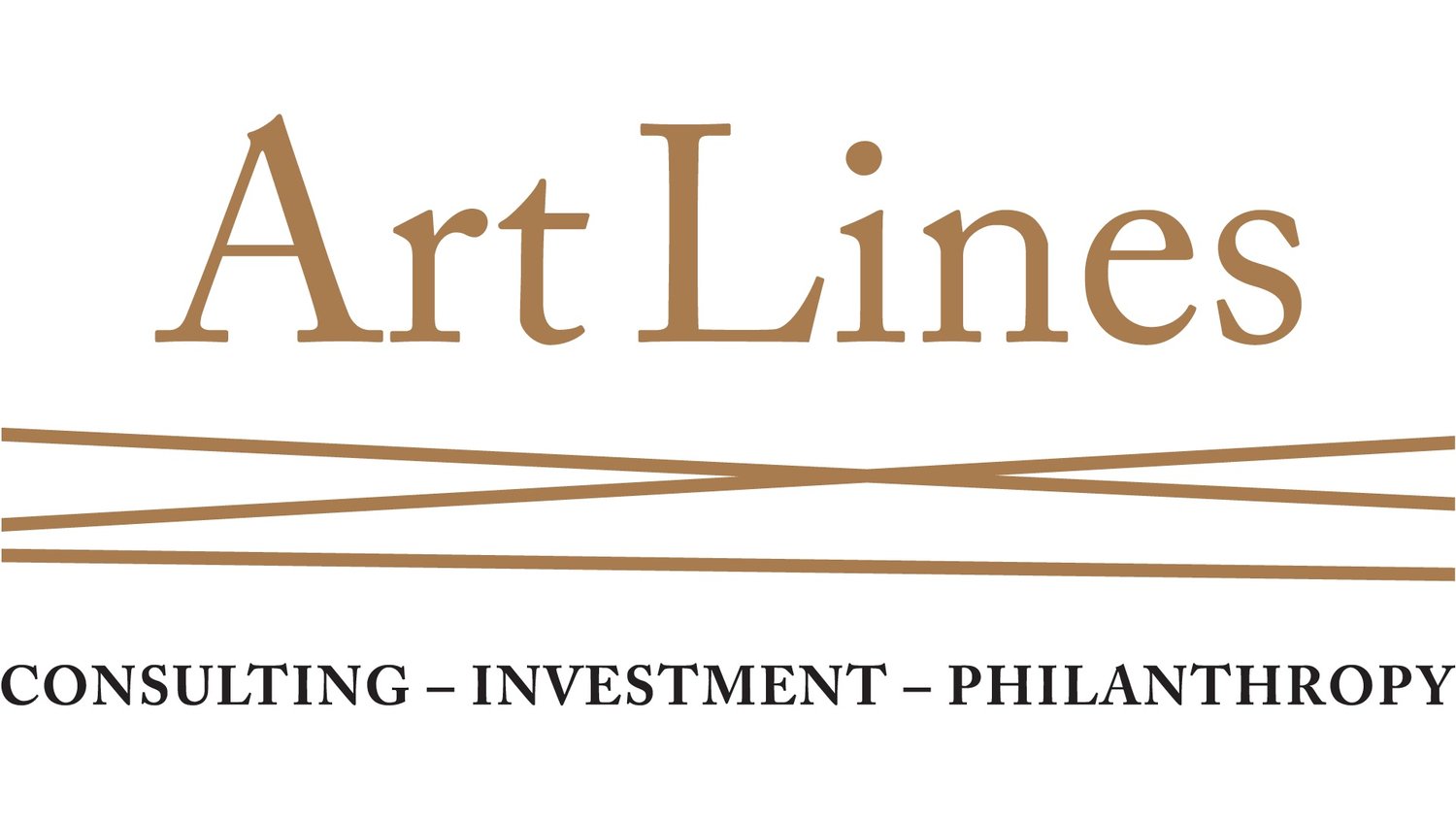
We are Art Lines.
We care about art.
Jiří Hauschka
Jiří Hauschka was born in 1965 in Šumperk. In his work, we get into an environment where there is a confrontation, or rather a symbiosis, between man and landscape. Jiří Hauschka turns to the type of painting for which colours and symbolic connotations are important, as was the case at the turn of the 19th and 20th centuries - in this period Jiří Hauschka refers in particular to the Canadian painter Tom Thomson, who lived from 1877 to 1917 - or in the studios of contemporary artists such as Daniel Richter or Peter Doig. Reality is transformed in the painter's narrative into a layered narrative, where artistic memory is mixed with new experiences, insights, desires, and emotional stirrings. In the case of Jiří Hauschka, we find ourselves in the wilderness, the wilderness of painterly nostalgia, where we search for man, and in urban civilization, that civilization which is on the verge of its possibilities, and where we thus feel and see the colours of the wilderness.
Jaroslav Valečka
Jaroslav Valečka (born 1972 in Prague) is one of the most frequently exhibited painters in the Czech context. If the British Stuckists touch formally and manifestly on the 19th century Pre-Raphaelitism, much appreciated in England, the Czech Stuckists in their "retro-avant-garde", to use Edward Lucie-Smith's formulation, turn to the birth of landscape modernism and symbolism of the turn of the 20th century. This tendency is evident in Valeček's paintings, where we feel the contradictory nostalgia of the Art Nouveau clash between modern civilization and artistic traditionalism. Unlike many British Stuckists, and also Jiří Hauschka, Valečka had a traditional artistic education, having studied at the Prague Academy in the painting studio of Jiří Sopek and the sculpture studio of Jan Hendrych.
Ella Guru
Ella Guru is not only a painter but also a musician, and in her native USA, she studied art at Columbus College of Art and Design (1984-86) and at Ohio State University (1988-89). Before becoming one of the thirteen founding members of the Stuckist movement in 1999, she lived a colorful life that would undoubtedly make a good subject for a novel or a Netflix miniseries. Her immediate, unencumbered by convention, view of the world and art is naturally reflected in her paintings, which mix religious motifs with mythological and pop culture ones, with a degree of "incorrectness" that makes it impossible not to love her paintings.
Charles Thomson
The painter, poet, and curator Charles Thompson (b. 1953 in Romford) is a founder of Stuckism, along with the painter Billy Childish. This happened with the publication of a manifesto in 1999, when the name was "coined" by the leading British conceptual artist Tracey Emin (Billy Childish's lover in the 1980s), who used the word stuck to refer to Stuckist paintings. These return to conservative and classical, mostly figurative motifs, but each artist has their own personal artistic language. Thus, it is not a distinct artistic or precisely definable stylistic expression, which is also evident in Thompson's work. His paintings have a spontaneous freedom from binding conventions; his artistic language, in a way, harks back to childhood visual creations, to that time when everything is intuitive, open, new, and possible.












